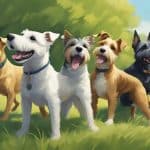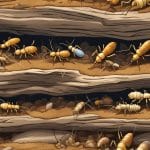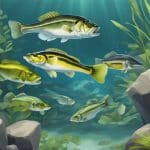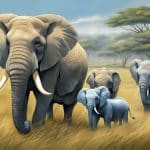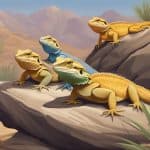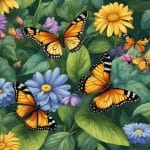Types Of Deer
Deer are a fascinating group of animals that are native to all continents except for Australia and Antarctica. There are over 40 species of deer, each with their unique characteristics, habitat, and behavior. They are herbivores, feeding on a variety of vegetation such as leaves, grasses, and twigs.
Deer are known for their physical characteristics, such as their antlers, which are used for defense, attracting mates, and establishing dominance. Male deer shed and regrow their antlers annually, whereas female deer do not have antlers. Their coats also vary in color and thickness depending on the species and their habitat.
Deer have been a part of human culture for thousands of years, with many cultures hunting them for their meat and hides. However, human activity has also had a negative impact on deer populations, with habitat destruction and hunting threatening some species’ survival. Understanding the different types of deer and their unique characteristics is essential for their conservation and protection.
Key Takeaways
- Deer are a group of over 40 species of herbivorous animals found on all continents except for Australia and Antarctica.
- They are known for their physical characteristics, such as their antlers and coats, which vary depending on the species and habitat.
- Human activity, including hunting and habitat destruction, threatens some deer species’ survival, making conservation efforts crucial.
Deer Species Overview
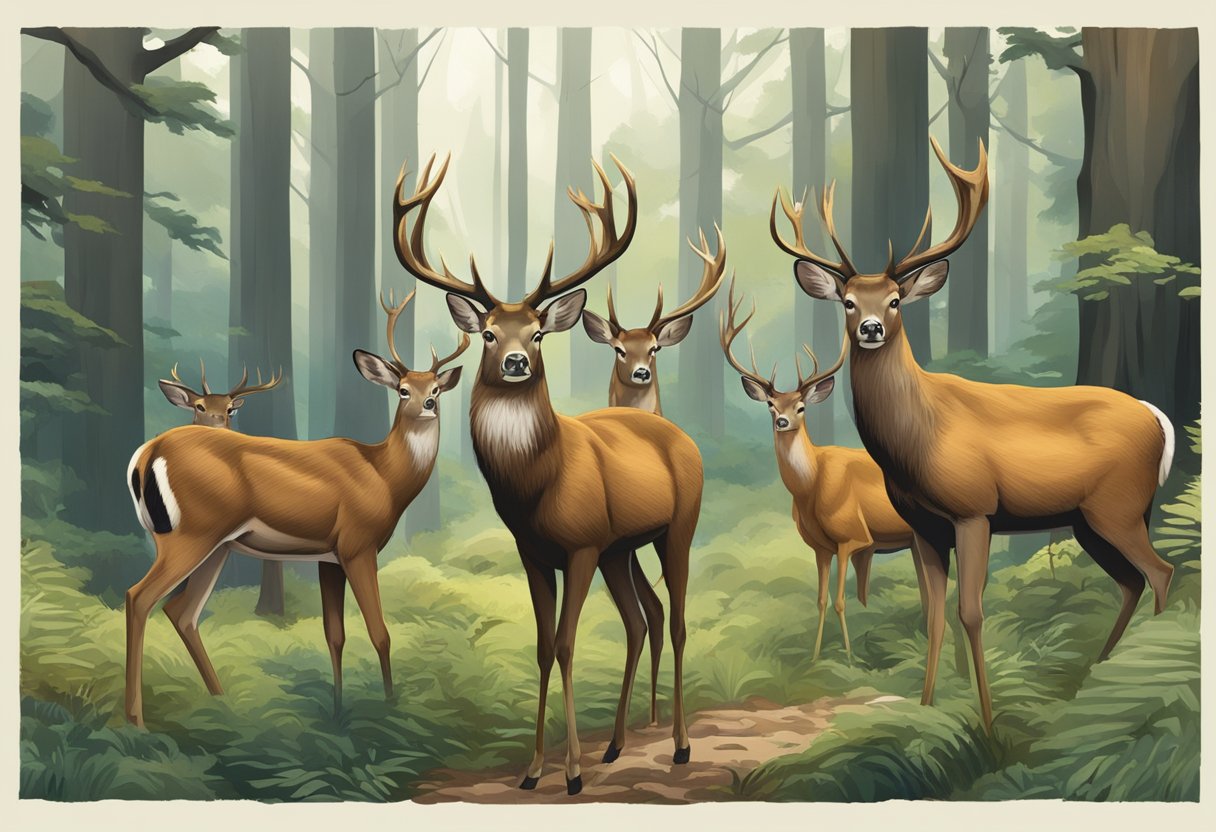
Deer belong to the family Cervidae, which includes 43 species of hoofed ruminants in the order Artiodactyla. They are found on all continents except Australia and Antarctica, and many species have been widely introduced beyond their original habitats as game animals.
White-Tailed Deer
The white-tailed deer (Odocoileus virginianus) is the most widely distributed wild ungulate in North America. They are easily recognizable by their white underside and the white fur on the underside of their tail, which they raise when alarmed. They are primarily herbivores and can be found in a variety of habitats, from forests to open fields.
Reindeer
Reindeer (Rangifer tarandus) are found in the northern parts of North America, Europe, and Asia, as well as in Greenland. They are known for their distinctive antlers, which are shed and regrown each year. Reindeer are important to many indigenous cultures and are used for transportation, food, and clothing.
Elk
Elk (Cervus canadensis) are one of the largest species of deer, with males (bulls) weighing up to 1,100 pounds. They are found in North America and parts of Asia and Europe. Elk are known for their distinctive bugling call, which is used by males during the mating season.
Moose
Moose (Alces alces) are the largest species of deer, with males (bulls) weighing up to 1,500 pounds. They are found in North America, Europe, and Asia. Moose are known for their distinctive bell-shaped noses and their love of aquatic plants.
Red Deer
Red deer (Cervus elaphus) are found in Europe, Asia, and North Africa. They are one of the largest deer species in the world and are known for their impressive antlers, which can reach up to 3 feet in length. Red deer are primarily herbivores and can be found in a variety of habitats, from forests to open moorland.
Roe Deer
Roe deer (Capreolus capreolus) are found throughout Europe and parts of Asia. They are relatively small, with males (bucks) weighing up to 70 pounds. Roe deer are primarily browsers and can be found in a variety of habitats, from forests to open fields.
Fallow Deer
Fallow deer (Dama dama) are native to Europe, but have been introduced to other parts of the world as game animals. They are known for their distinctive spotted coat, which can be a variety of colors, including white, brown, and black. Fallow deer are primarily grazers and can be found in a variety of habitats, from forests to open fields.
In conclusion, there are many different species of deer, each with their own unique characteristics and adaptations. Whether you are a hunter, a wildlife enthusiast, or simply someone who appreciates the beauty of nature, there is something to admire about these magnificent animals.
Physical Characteristics
Deer are known for their graceful appearance and unique physical characteristics. In this section, we will explore the physical characteristics of deer, including their antlers, size and build, and fur and coloration.
Antlers
One of the most distinctive physical features of male deer is their antlers. These bony structures grow from the heads of male deer and are used for a variety of purposes, including attracting mates and establishing dominance over other males. Antlers vary in size and shape depending on the species of deer. For example, male moose have large, flat antlers, while male white-tailed deer have smaller, more pointed antlers.
Female deer, on the other hand, do not have antlers. However, there are a few exceptions to this rule. For example, female reindeer (also known as caribou) do have antlers, and female tufted deer have small, tusk-like antlers.
Size and Build
Deer come in a variety of sizes and builds depending on the species. For example, the smallest deer species is the southern pudu, which stands at just 14 inches tall at the shoulder. The largest deer species is the moose, which can stand over 7 feet tall at the shoulder.
In general, male deer are larger and more muscular than female deer. They also tend to have more prominent necks and shoulders. Both male and female deer have hooves that are adapted for running and jumping, allowing them to navigate their environments with ease.
Fur and Coloration
Deer have a variety of fur types and colorations depending on the species. In general, deer have short, dense fur that is well-suited to their environments. Some deer species, such as the reindeer, have fur that changes color with the seasons, allowing them to blend in with their surroundings.
Deer also have distinctive markings and patterns on their fur. For example, white-tailed deer have a characteristic white underside to their tails, which they flash when they are alarmed. Some deer species, such as the sika deer, have spots on their fur that help to camouflage them in their environments.
In conclusion, the physical characteristics of deer are diverse and fascinating. From their antlers to their fur and coloration, these animals are well-adapted to their environments and have evolved unique features to help them survive and thrive.
Habitat and Distribution
Deer can be found in a variety of habitats, ranging from forests and grasslands to tundra and arctic regions. They have adapted to a wide range of environments, which has allowed them to survive in many different parts of the world. In this section, we will explore the various habitats and distributions of deer species.
Forests and Grasslands
Deer are commonly found in forests and grasslands, where they have access to food and shelter. Some species of deer, such as the water deer, are adapted to living in thickets and swamps. Mule deer are commonly found in North America, where they inhabit forests and grasslands. Sika deer are native to the forests of East Asia, while marsh deer are found in the wetlands of South America.
Tundra and Arctic Regions
Deer have also adapted to living in tundra and arctic regions. The northern pudu is found in the Andes Mountains of South America, while the southern pudu is found in the temperate rainforests of Chile and Argentina. Reindeer, also known as caribou, are found in the arctic tundra and are well adapted to living in cold environments.
Adaptations to Environments
Deer have a number of adaptations that allow them to survive in different environments. For example, deer that live in forests have developed long legs that allow them to navigate through dense vegetation. Deer that live in arctic regions have thick fur that helps them stay warm in cold temperatures. Some species of deer, such as the desert-adapted addax, can survive for long periods of time without water.
In conclusion, deer are a diverse group of animals that have adapted to a wide range of environments. Whether they are living in forests, grasslands, tundra, or arctic regions, deer have developed unique adaptations that allow them to survive in their respective habitats.
Behavior and Diet
Social Structure
Deer are social animals that live in herds. The herd is usually led by a dominant male known as a stag, while the females are referred to as does. Young deer are called fawns. During the mating season, stags will compete for the right to mate with the does. This competition can sometimes lead to combat between stags, where they use their antlers to fight.
Feeding Habits
Deer are herbivores and have a diverse diet that includes grasses, lichens, fruit, and other plants. They are adapted to select specific types of forage that differ from other potential forage competitors like cattle, elk, and moose. While they prefer to feed during the early morning and late afternoon, they can also be active at night.
Deer have a unique digestive system that allows them to extract nutrients from plants that are difficult to digest. They have a four-chambered stomach that allows them to break down tough plant material. Additionally, they have a special relationship with microorganisms in their gut that help them digest cellulose.
In conclusion, deer are fascinating animals with unique characteristics and adaptations. They are social animals that live in herds and have a diverse diet that includes grasses, lichens, fruit, and other plants. Understanding their feeding habits and social structure is essential for anyone interested in studying or hunting deer.
Conservation and Human Interaction
Deer have always been a valuable game animal, and hunting has been a popular pastime for centuries. However, overhunting and habitat loss have threatened deer populations in the past. Today, hunting and population control play a critical role in the conservation of deer species.
Hunting and Population Control
Deer hunting is a popular activity in many parts of the world, and it is often used as a means of population control. Hunting helps to regulate deer populations, which can reduce the risk of overpopulation and the negative impacts that can result from it. Additionally, hunting provides a source of venison, which is a healthy and sustainable source of protein.
However, hunting can also have negative impacts on deer populations if it is not properly regulated. Overhunting can lead to population declines, which can have cascading effects on ecosystems. To prevent overhunting, many countries have established regulations and quotas for deer hunting.
Conservation Efforts
In addition to hunting, conservation efforts play a critical role in the protection of deer populations. Many organizations work to protect deer habitats and promote sustainable deer management practices. These efforts can include habitat restoration, predator control, and public education.
The protection of deer habitats is essential to the survival of deer populations. Habitat loss and fragmentation can have a significant impact on deer populations, and efforts to protect and restore habitats can help to mitigate these impacts.
Public education is also an important aspect of deer conservation. Many people are unaware of the impacts of human activities on deer populations, and education can help to raise awareness and promote sustainable management practices.
Overall, the conservation of deer species requires a combination of hunting and population control, habitat protection, and public education. By working together, we can ensure that deer populations remain healthy and sustainable for future generations.

